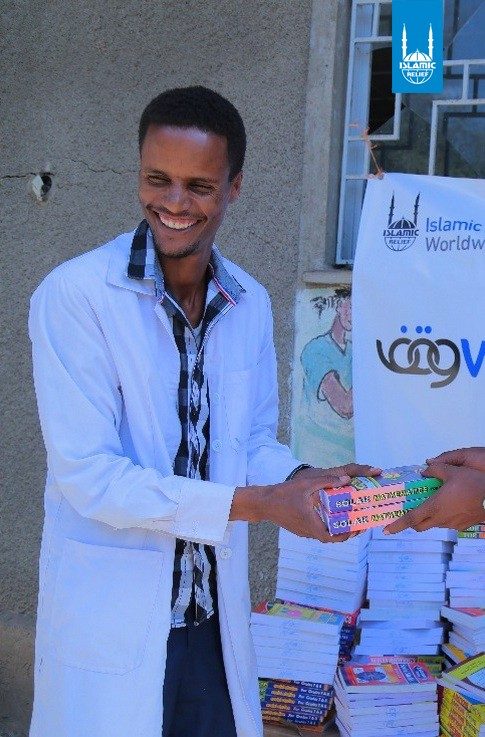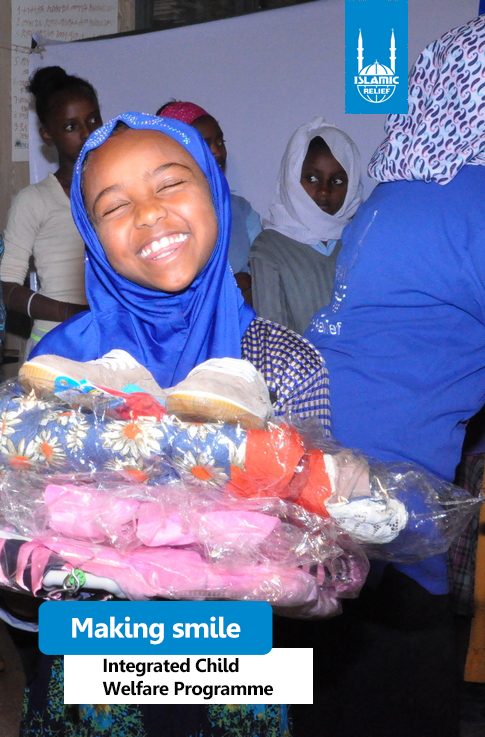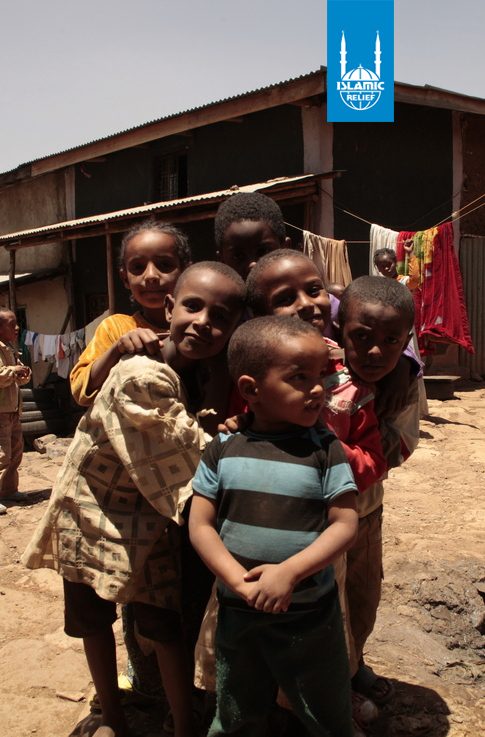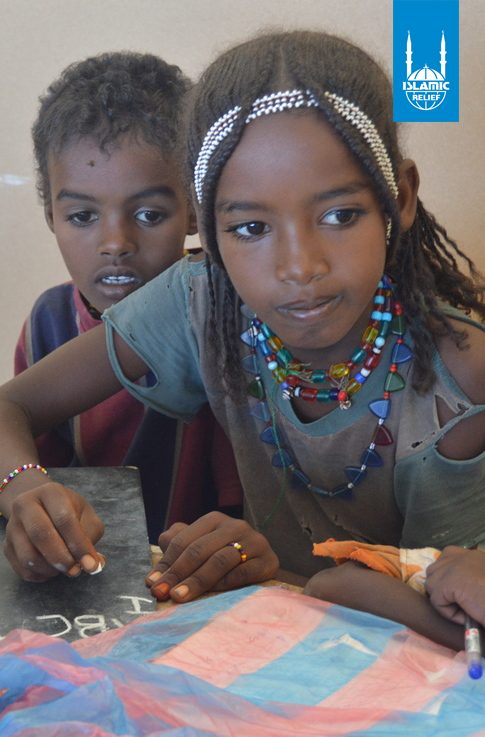



Islamic Relief Ethiopia has been implementing an integrated child welfare programme since 2012 in the Addis Ababa City area, in three sub-cities and 30 districts. Vulnerable and orphaned children, destitute women and unemployed youth are the target groups. The programme has four major project components: Orphans sponsorship, Positive child development, livelihood and education.
This orphan sponsorship project has been implemented in Addis Ababa City since 2005. The project is designed to address the vast problems of orphan and vulnerable children in three sub-cities namely, Addis Ketema, Lideta and Kolfe Keranio in 30 Woredas. The project is strongly inclined towards community based orphaned child care system.
The project provides a monthly financial allowance for the sponsored families in order to cover the basic needs that includes food, school fees and health services. So far, more than 2,800 orphaned children and their families have been reached.
The livelihood project is one component of Integrated Child Welfare Programme that aims at alleviating poverty and improving living standards of vulnerable community groups in a sustainable way.
The major objective is empowering unemployed youth and vulnerable women through skills development training i.ethrough vocational training, short-term training on entrepreneurship skills and
provision of startup capital. More than 900 community members have been reached.
The project is intended to contribute to positive child development through the capitation of youth centers which are constructed by the government. The project substantiates and maximizes the impact of orphan sponsorship interventions. It brings about real change in the lives of sponsored orphans since it provides services such as a library and information and communication technology.
The project pays keen attention to the engagement of children and youth in constructive and other socially acceptable activities. Seven youth centers have been supported since the project started.
Through the Orphan Sponsorship project, the beneficiaries have been enabled to get an education. School facilities are tools to attract students in general and girls in particular. In our targeted areas, government owned schools lack the capacity to provide quality education due to insufficient instructional materials.
To enhance the service rendering capacity of primary schools, we have provided library materials including reference and supplementary books, computers with accessories, laboratory equipment and tools. Nine government owned primary schools and two public libraries have benefited from this project.
The project pays keen attention to the engagement of children and youth in constructive and other socially acceptable activities. Seven youth centers have been supported since the project started.
